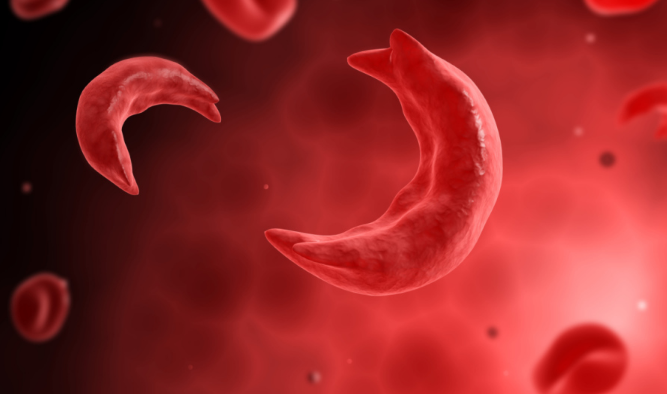World Sickle Cell Day was conceived by the United Nations general assembly on June 19, 2008 to increase awareness about the genetic disorder.
Sickle cell anaemia is an inherited form of anaemia, a condition in which there aren’t enough healthy red blood cells to carry adequate oxygen throughout the body.
Causes
It is an inherited blood disorder that can be passed on from either or both parents.
Normally, the red blood cells are flexible, round and move easily through the blood vessels. However, in sickle cell, the red blood cells are mutated by a gene that makes the cells become rigid, sticky and are shaped like sickles.
The cells die early, leaving a shortage of healthy red blood cells and can block blood flow and oxygen to parts of the body.
If one of the parents has it, the child is susceptible to the disease and may have one normal haemoglobin gene and one defective form of the gene. Thus, their bodies will produce both normal and sickle cell haemoglobin.
However, if both the parents have an affected gene, then the child will have the disease too.
Symptoms
Symptoms of sickle cell anaemia vary from person to person and can change over time.
They include pain, painful swelling of hands and feet, delayed growth in children and teenagers, vision problems, yellow skin and eyes, frequent infections and fatigue.
Diagnosis
It can be diagnosed through a blood test to check for the defective form of haemoglobin. If the screening test is positive, further tests will be done to determine whether one or two sickle cell genes is present; if negative, there is no sickle cell gene present.
Treatment & prevention
Bone marrow transplant, also known as stem cell transplant, is the only form of cure available for sickle cell anaemia.
Other modes of treatment include medications to reduce pain and prevent complications, vaccinations to prevent infections and blood transfusions.
Sickle cell anaemia can be prevented by seeing a genetic counsellor before trying to conceive to know the risk of having a child with the gene.
Copyright 2024 TheCable. All rights reserved. This material, and other digital content on this website, may not be reproduced, published, broadcast, rewritten or redistributed in whole or in part without prior express written permission from TheCable.
Follow us on twitter @Thecablestyle

